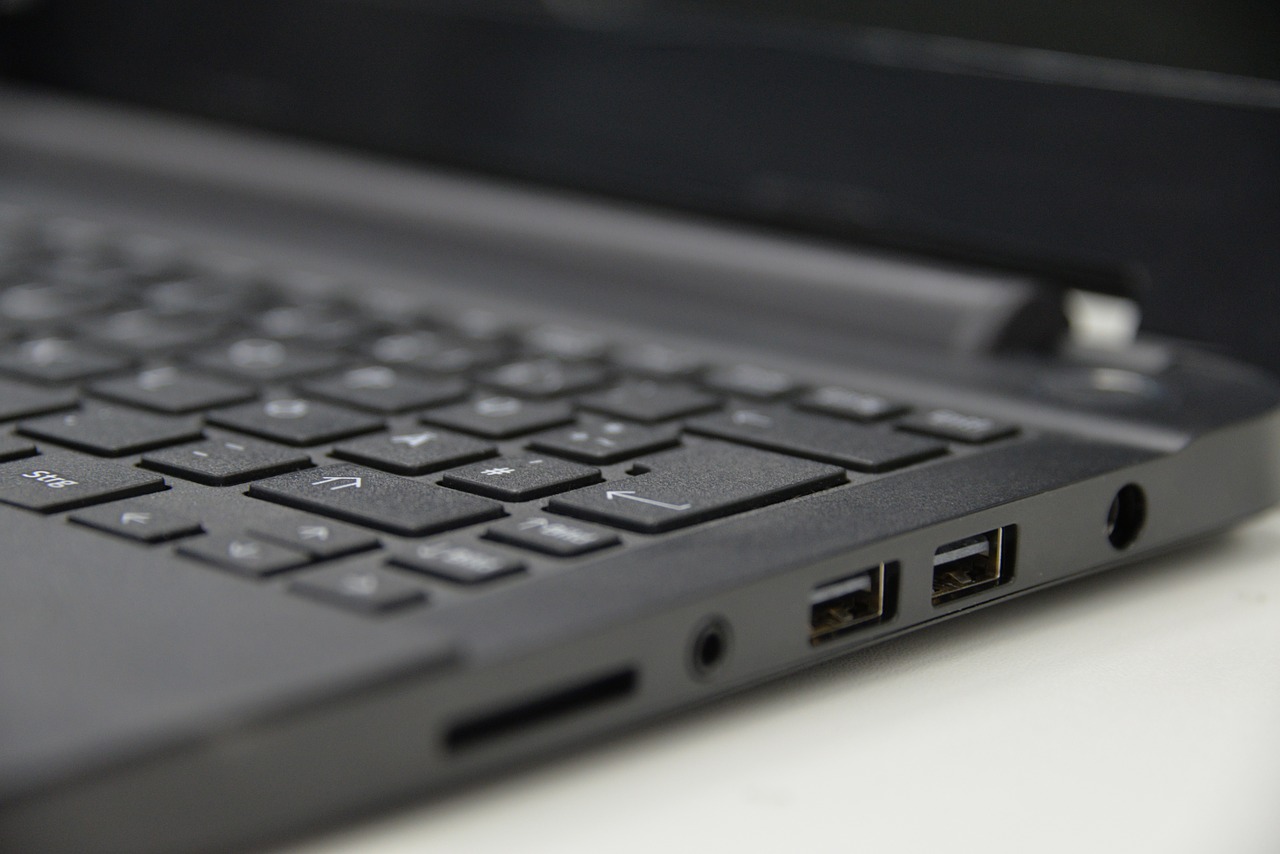For many years, Microsoft has been using driver signing and the Windows Hardware Certification program to allow for devices to be able to market themselves as fully Windows Compatible. This included using the Windows Logo on both company packaging and web sites, as well as being on the Windows official hardware compatibility list. The program was also used to sign drivers for Windows to show they have passed testing and have not been modified since that testing. Microsoft had for many years been ramping up the requirements for drivers and devices to pass testing, some of which increased costs of devices and caused a long time to market delay. Microsoft has increased the requirements for devices again, now requiring all kernel based drivers to be signed, not just 64 bit. Also, EV Code Signing certificates from Symantec/Verisign are also now required for all driver submissions. Even with the added expense of just getting an EV cert, Microsoft has listened to OEM and ISV partners and reduced some of the requirements for Windows 7 and 8. 1, and went further in Windows 10. Microsoft also ported many more driver frameworks to Mobile, allowing for a single device driver to be written to run on PC, Tablet and Phones for the first time ever. Because of all these changes, Microsoft separated Windows 10 Compatibility Program from the Windows 7 and 8. 1 programs, allowing for a lower bar of entry for Windows 10 compared to older Windows OS’s. This does not change the bar of entry for devices that must work on Windows 7 and 8. 1 though, so you would only reap the benefits if you just targeted Windows 10. One example of a major change is in USB devices. Under Windows 10, testing of USB devices in our lab was straight forward. We hooked up the device with a USB 2. 0 hub in between, ran USB CV for verification of Chapter 9 compliance, then ran the standard tests for USB devices for Windows plus any extra tests based on device type. In Windows 8. 0, things changed considerably. All devices now had to be tested with USB 3. 0 controllers (and USB 3. 0 devices had to be hooked up to a USB 3. 0 hub). This required us to move 1 system in our main lab that had built in USB 3. 0 ports (which was in its early days) to our WCL lab. We later purchased off the shelf USB 3. 0 certified PCIe controllers for the rest of the lab systems that were to run Windows 8. There was 1 test for USB devices that was added for 8. 0 that caused a LOT of headaches for us and our clients. This test was the USB 3. 0 Topology test. To do this test, regardless of what USB level the device supported, we had to hook up the device into several different topologies, all manually.
- 3. 0 Controller > Device
- 3. 0 Controller > 3. 0 Hub > Device
- 3. 0 Controller > 2. 0 Hub > Device
- 2. 0 Controller > Device
- 2. 0 Controller > 2. 0 Hub > Device
- 2. 0 Controller > 2. 0 Hub > 1. 1 Hub > Device
5 of these were easy since we had the devices in lab for them and we purchased USB 2. 0 controllers on some of our systems due to internal hub layouts. However, the one we had problems with was the USB 3. 0 hub one. Microsoft stated that the hub in question had to handle both USB 3. 0 and USB 2. 0 on the same chip and the same container ID. Problem was none of the shipping off the shelf USB 3. 0 hubs at the time of Windows 8. 0 coming out actually had this configuration, which forced us and many other companies to have to buy the one and only USB hub that actually followed the spec. This was a Texas Instruments reference device for USB 3. 0 Hubs. This device came under huge demand and it was expensive too at $150, and Microsoft for a very long time had waived the requirement due to TI being unable to meet demand. Eventually we did purchase this hub when the requirement went into full force, but there were still some unease about USB 2. 0 devices needing to be connected to a 3. 0 hub for only 1 test that only was checking to see if the device can handle USB speed changes and hub setups. For Windows 8. 1, Microsoft created an alternate method to verify the topology requirement by allowing for a USB 3. 0 device to have 2 connected, 1 to a USB 3. 0 controller and 1 to a USB 2. 0 controller at the same time. Alternatively, we could attach 1 to a USB 2. 0 hub on a USB 3. 0 controller. The requirement was fully waived for USB 2. 0 devices. This made testing a lot easier for us. For Windows 10, Microsoft decided that the theme for easing was to focus on requirements and tests where compatibility with Windows was most important. Several tests of the USB devices category were removed, including the topology test. This is because the test suite now has more reliance on the USB CV testing so testing effort is not duplicated. As for the topology test, well, it was just the complexity of the testing that caused that removal. There are several other key tests and requirements that got removed, here are some examples:
- Audio cards and OEM PCs were required to run audio quality tests using a special device which had a 5 figure price. This requirement caused smaller OEM system builders to either have to contact their motherboard company or hire a special lab that had the equipment to provide testing data that would work for their system. Microsoft has removed this requirement to reduce the cost and complexity of entry and to allow cheaper audio chips to come to market. However the test remains avaliable for those that do want to run it.
- Windows Media Center is no longer available on Windows 10, so MPEG-2 tests are now only run on graphics cards that have MPEG-2 offload.
- The amount of required tests needed for web cams on PCs was also reduced due to complexity. Web cams now only need to support a certain minimum resolution. Full testing is still available for ISV’s and OEM’s that wish to have us run them.
- The number of tests for printers and scanners has been reduced, the previous tests required a lot of paper and ink.
- Wifi Cards no longer need to be tested for support of 802. 11w, this required a special router setup in the lab and there was only 1 router that was supported for this test.
- Touch Screen Monitors and Precision Touch pads no longer require a certification blob inside their firmware, though it is still required for older Windows for PC and on Windows 10 mobile. To get this blob required both testing in our lab with special equipment that could give touches more precisely than fingers AND the device had to be sent to a special Windows lab in Taiwan for further testing afterwards. This made time to market slower and more expensive. The touch lab is optional now also for Windows 7 and 8. Wissenstest tageszinsen jahreszinsen test multiple-choice-test zinsen duden mathematik monatszinsen best-ghostwriter.com klausur wissenstest lexikon paetec nachschlagewerk stand 2010 dieser text befindet sich in redaktioneller bearbeitung. 1, but all new ISVs and new touch tech should be sent to the lab anyways.
These are just a few of the many changes that will make passing WCP tests easier. There are some new requirements though, which we will cover in a future white paper closer to Windows 10 general release. References:.


